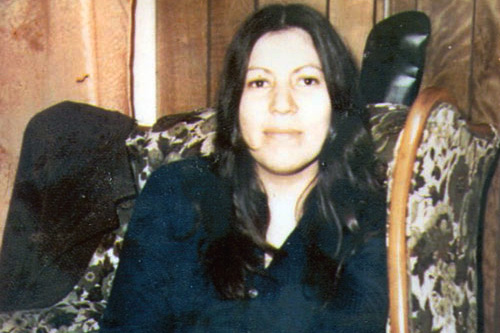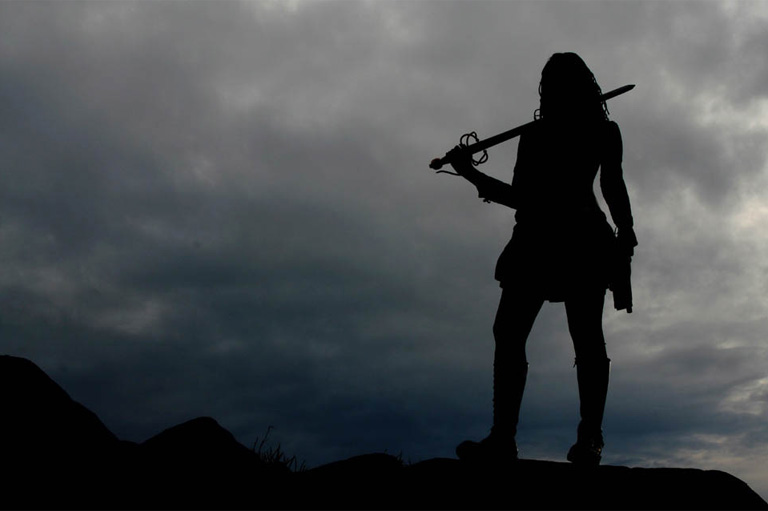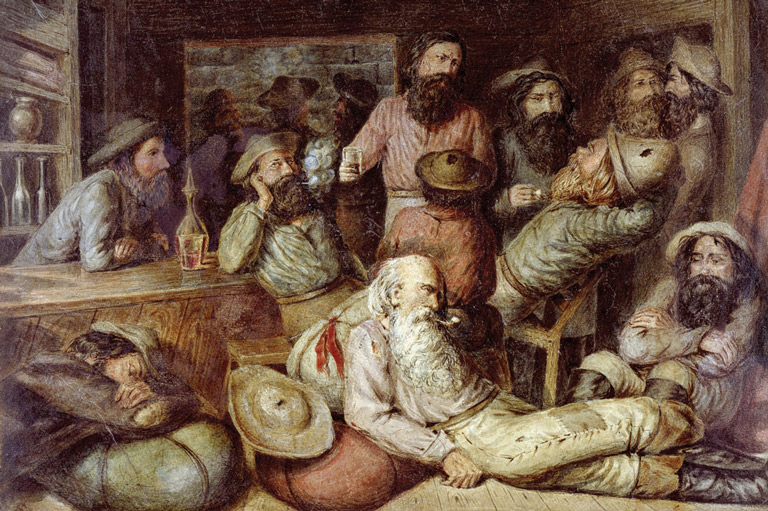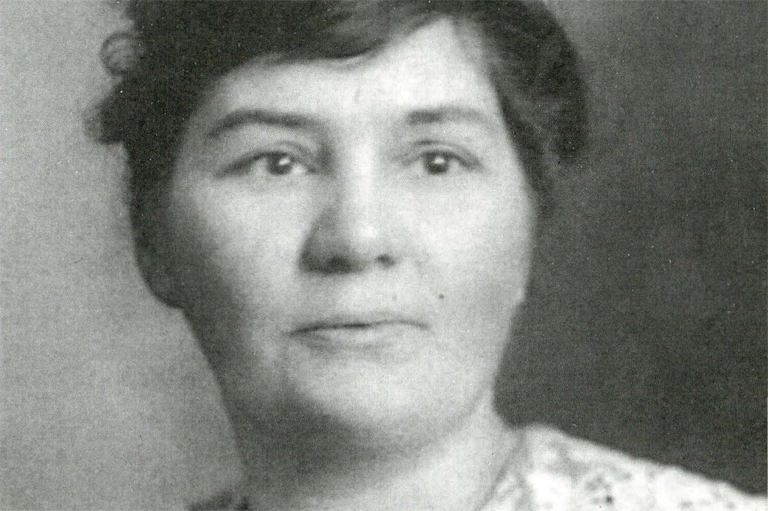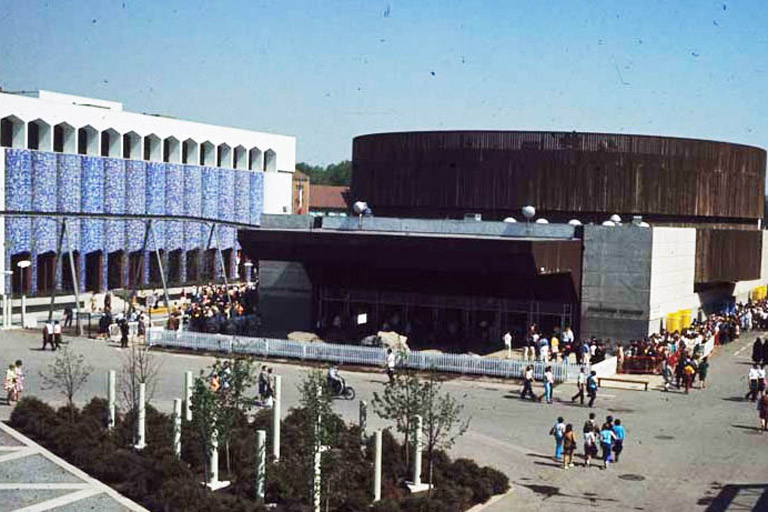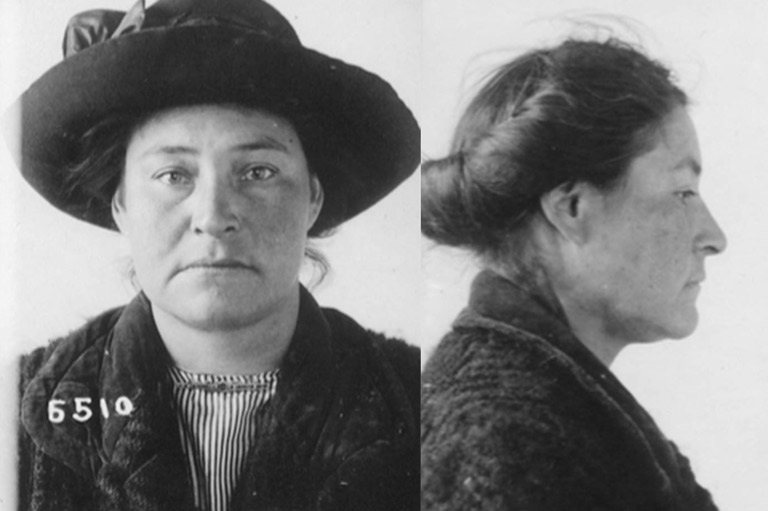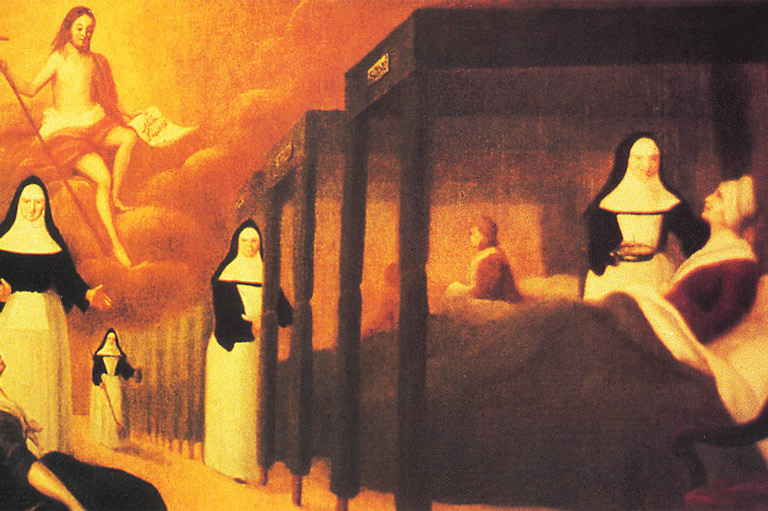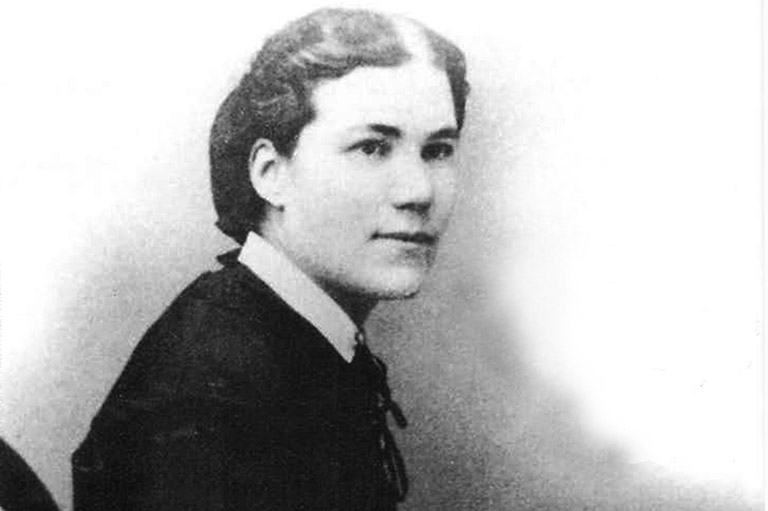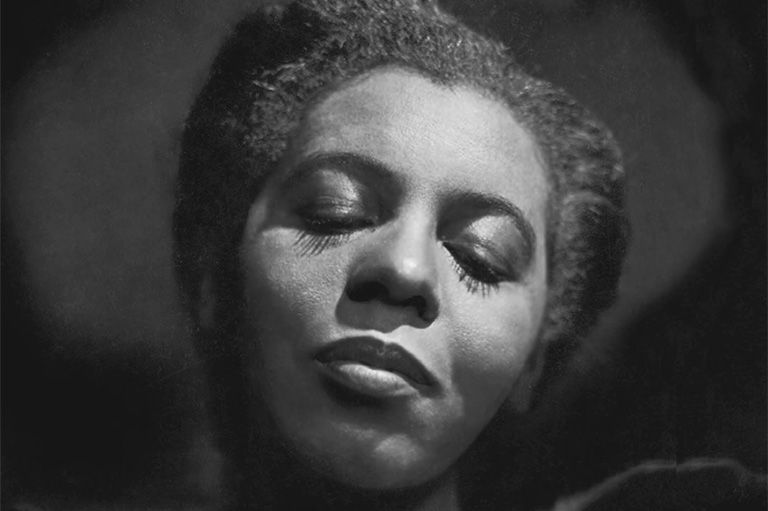Cougar Annie's Garden
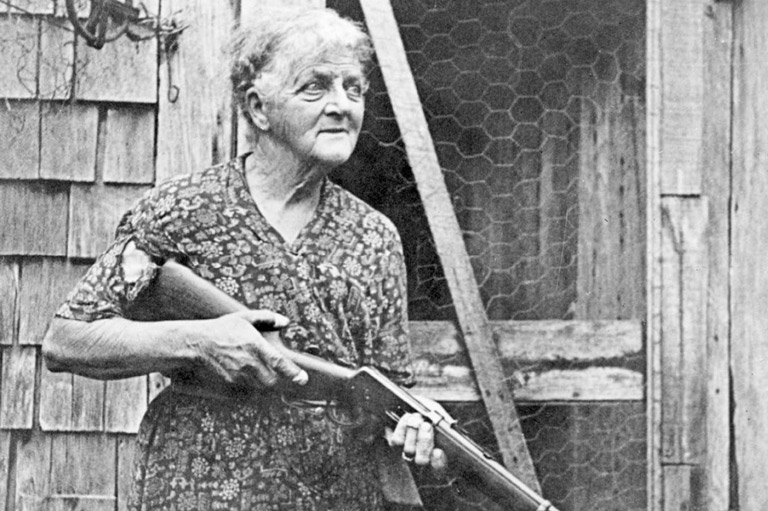
Among stories of Vancouver Island’s Hesquiat people, the osprey represents strength, resolve, and perseverance. The bird hovers with a keen eye, on watch for approaching danger. It’s a fitting symbol for life on the rugged, wave-crashed shore of Clayoquot Sound on the island’s west coast, where survival is a hard struggle.
In April 1915, an osprey soaring above Boat Basin — about fifty-two kilometres northwest of the now popular tourist destination of Tofino — would have spotted a kindred spirit when Ada Annie Rae-Arthur, along with her husband, Willie Rae-Arthur, and their three children, stepped into a new world from the deck of Canadian Pacific’s SS Princess Maquinna.
With the last winter storms washing ashore, soaking through a lush, undisturbed canopy of ancient Sitka spruce, hemlock, and fir trees, their future must have seemed daunting. Like many newcomers to Vancouver Island in the early twentieth century, they were attracted by the prospect of free land.
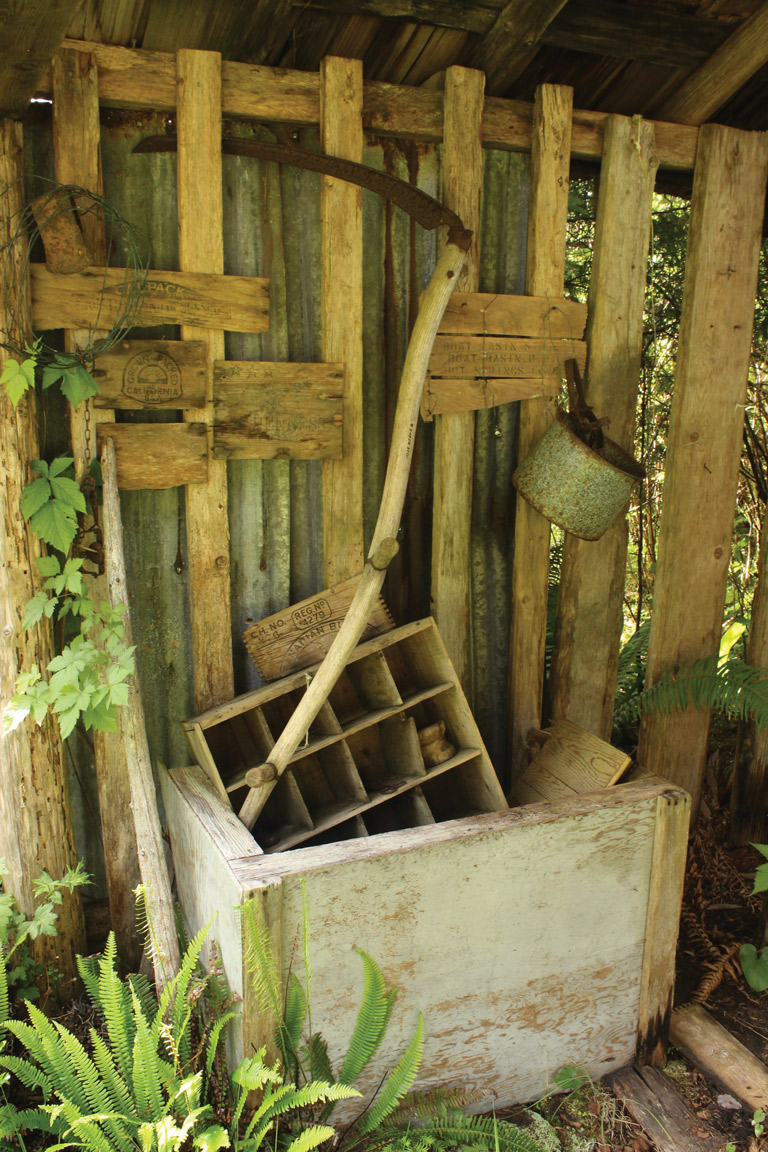
But it was also very challenging land. Father Augustin Brabant (1845–1912), a Roman Catholic missionary stationed at Hesquiat village, across the bay from the Rae-Arthur homestead, assessed the area years earlier: “The coast is rugged and rocky, presenting in its entire extent the appearance of desolation and barrenness,” he wrote.
“No clear land is to be seen anywhere, and no hopes can be entertained that the west coast of Vancouver Island will ever be available for agricultural settlements.
Cougar Annie was not unfamiliar with difficulty. Her charming husband Willie was a handful.
His family in Glasgow sent them a small monthly stipend, in return for an assurance he would remain out of sight and spare his kin any fallout from his unpredictable behaviour.
The couple had five more children at Boat Basin, where they carved out a modest homestead, a two-hectare garden, and a mail-order nursery business. Willie disliked manual labour, but he could watch the kids and wash dishes while Annie took care of business. When Willie drowned in 1936, many expected Annie to ship out on the next steamer. But she was already home; all she wanted was a new man to help out along the way.
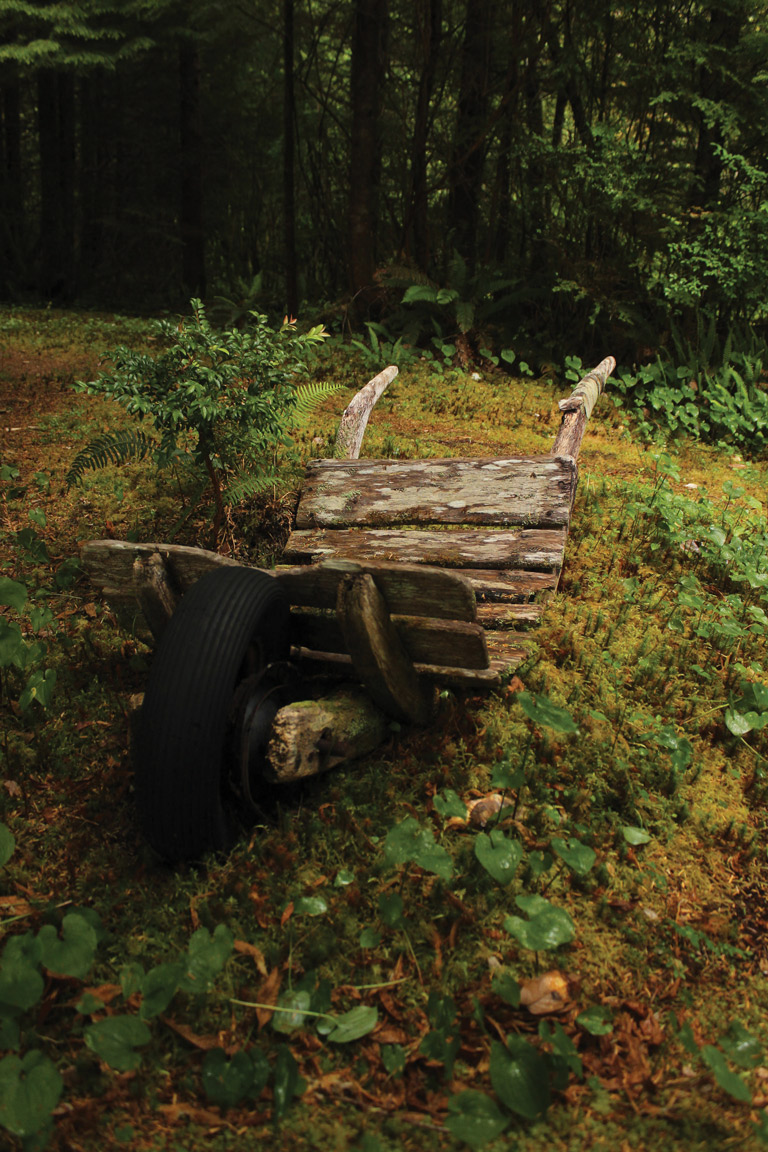
Unable to find a match in the wilderness, Annie advertised in farming magazines and newspapers. “BC widow with nursery and orchard wishes partner. Object matrimony,” read one such request. She married three more times.
Her second husband died after accidentally shooting himself in the leg. Number three contracted pneumonia. She chased away her fourth husband at gunpoint when he tried to push her off a cliff.
The children, raised under a regimen of chores and discipline, headed for town as soon as they got the chance, but Annie stayed.
She served as postmistress, tended a garden nursery with more than a hundred varieties of flowers, shrubs, and trees, and grew legendary for her eagle-eyed shooting. During her tenure, she is said to have shot no fewer than eighty bears and sixty-two cougars. The latter earned her the moniker Cougar Annie.
Cougar Annie died in 1985 at age ninety-seven. Today, it is still possible to visit what is left of her homestead. Boat Basin is a two-hour water taxi ride from Tofino. But be warned that it isn’t an average destination.
With 7 uniquely curated newsletters to choose from, we have something for everyone.
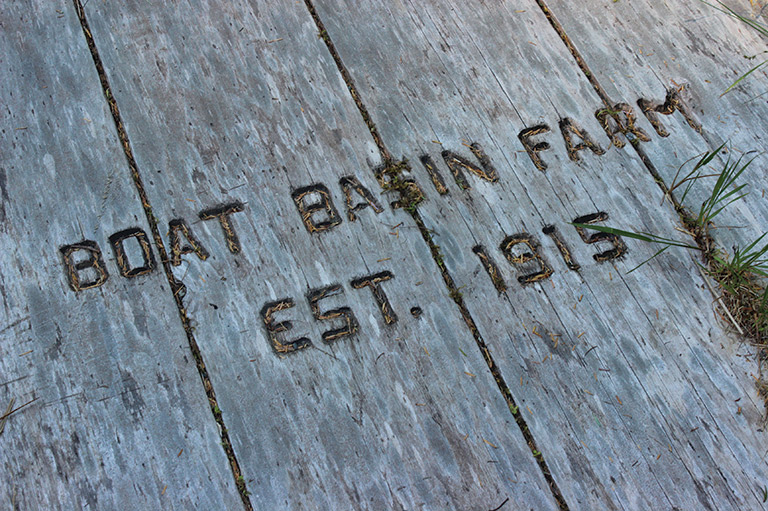
The property is now owned by the Boat Basin Foundation, established by Cougar Annie’s friend, Peter Buckland. The foundation promotes exploration of the land’s ecological and historical significance through the Temperate Rainforest Field Study Centre.
The centre has six off-grid cabins that were built with cedar harvested onsite. In the centre is a longhouse-inspired communal kitchen and dining building that overlooks the forest, garden, and ocean below.
Accommodation at the centre is open to visitors, but the foundation’s website cautions that they should be highly motivated, reasonably physically fit, and independent. Visitors can arrange day trips from Tofino through the foundation.
Each spring the foundation enlists the help of volunteer crews armed with spare mowers, clippers, and spades in a bid to keep the merciless rainforest at bay. The remains of Cougar Annie’s home and outbuildings are slowly returning to the earth.
Buckland came to Boat Basin in the late 1960s as a young prospector hoping to capitalize on the area’s abandoned mineral claims. By then, Cougar Annie had established quite a reputation as an eccentric West Coast pioneer woman.
Buckland couldn’t have anticipated how a stop at Cougar Annie’s homestead to buy some eggs would set his life on a new trajectory. The pair began to chat, and the relationship lasted until her death. Buckland likes to joke that, had he been a few years older and she a few years younger, Cougar Annie may have enlisted him as spouse number five.
Buckland, who lived in Vancouver, returned regularly to visit for the next twenty years, helping where and when he could. He grew enchanted by the garden, the lifestyle, and the legacy. To the amazement of friends and co-workers, in 1987 he traded life as a stockbroker to move to the site and restore Cougar Annie’s legacy.
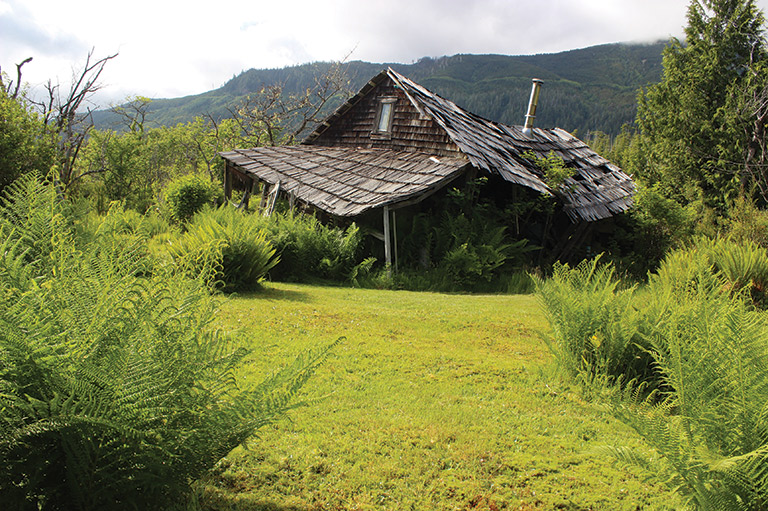
The homestead turns one hundred this year. To get there, follow the Trans-Canada Highway until it comes to a stop at 1st Water Street in Tofino. Water taxis with names like White Star, Rocky Pass, and Cougar Island ferry residents and goods between town and First Nations villages throughout Clayoquot Sound. In good weather, the charter trip to Boat Basin takes two hours. A float plane will get you there in 25 minutes. In stormy weather or thick fog, nobody goes anywhere.
However you arrive, expect to roll up your pants and get your feet wet. Once you’ve stepped through the surf onto the pebbled beach, time slows to a more natural rhythm. The ospreys fly overhead, and the garden still blooms — just as Cougar Annie had always wanted.
If you believe that stories of women’s history should be more widely known, help us do more.
Your donation of $10, $25, or whatever amount you like, will allow Canada’s History to share women’s stories with readers of all ages, ensuring the widest possible audience can access these stories for free.
Any amount helps, or better yet, start a monthly donation today. Your support makes all the difference. Thank you!
Themes associated with this article
Advertisement
You might also like...

Canada’s History Archive, featuring The Beaver, is now available for your browsing and searching pleasure!

